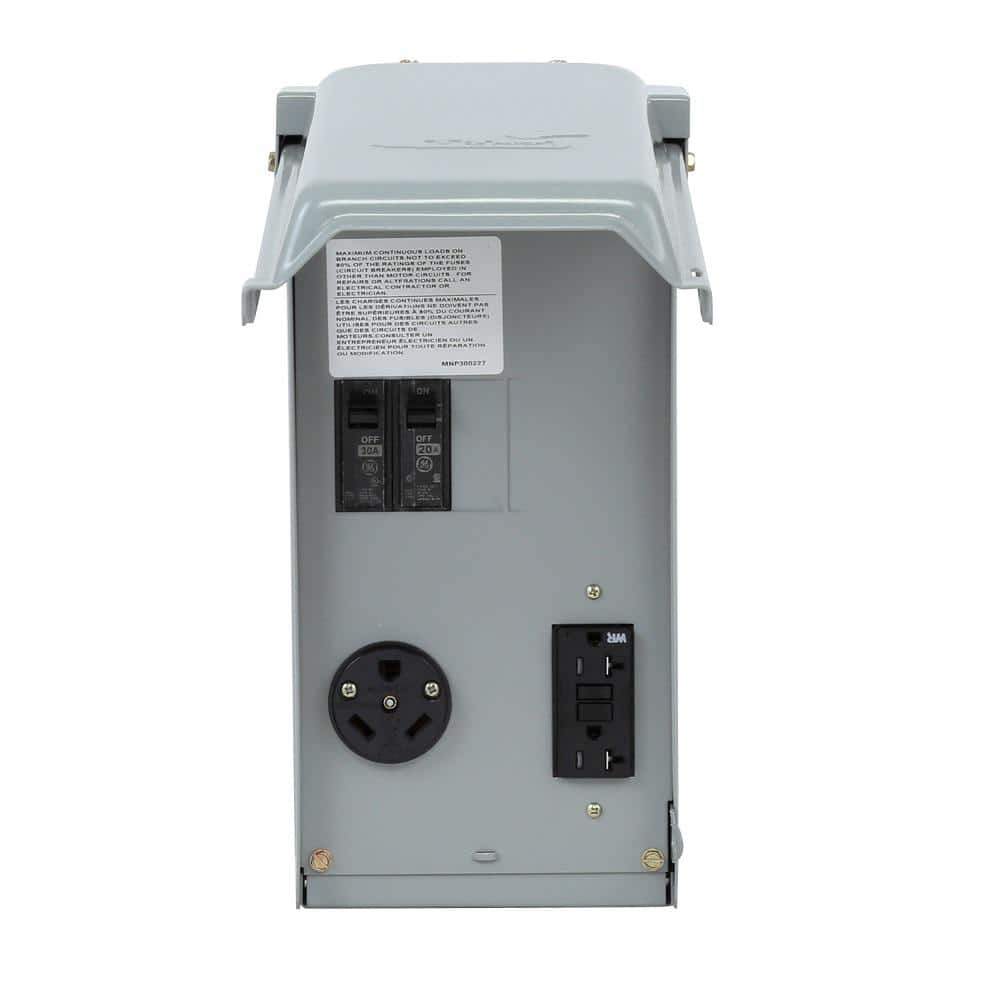Hi everyone, I’m looking to run electric to my travel trailer. It has 30 amp service. I am digging a trench and going to get 10 gauge direct burial wire. Wondering if I can use this outlet? ( with an additional breaker in the basement)


Midwest Electric Products 70 Amp Power Outlet Box U041CP - The Home Depot
Enhance your electrical system with the GE 70 Amp RV Power Outlet Box. Featuring 70 Amps of maximum power, this durable box features a gray enclosure and is ANSI certified and UL listed for safety. The
www.homedepot.com











